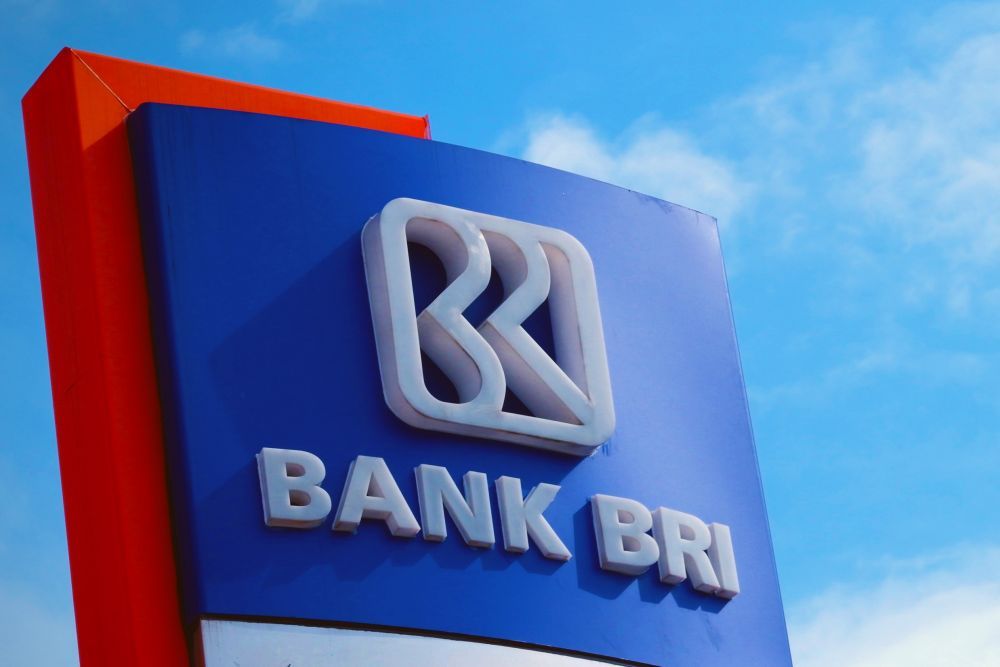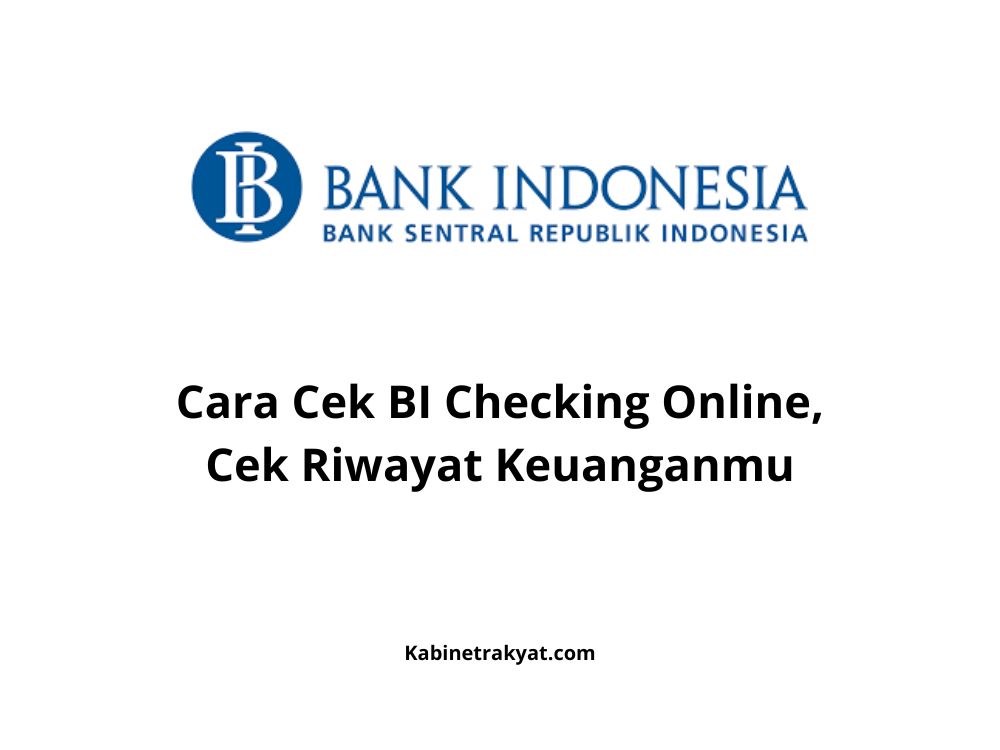What Is A Bear Hug Finance?
Table of contents: [Hide] [Show] Why Would A Company Use A Bear Hug Finance?Advantages of A Bear Hug FinanceDisadvantages of A Bear Hug FinanceBear Hug Finance ExampleConclusion Auctions PTFundraiser from ptfundraiser.com A bear hug finance is a type of financial strategy that involves making a large offer for a target company. The offer is usually […]
A bear hug finance is a type of financial strategy that involves making a large offer for a target company. The offer is usually much higher than the market value of the company, as well as any other offer that has been made. The goal of a bear hug finance is to quickly and forcefully take control of the target company by offering a large incentive to the shareholders. This type of strategy is typically used when the company making the offer is looking to create a merger or acquisition.
Why Would A Company Use A Bear Hug Finance?
A bear hug finance can be a powerful tool for a company looking to quickly acquire another. It often provides a way to bypass the lengthy and often complicated negotiations that come with a merger or acquisition. By making such an attractive offer, it can be difficult for the target company’s shareholders to say no. By making the offer quickly and aggressively, the company making the offer can often get the upper hand in the negotiations.
Advantages of A Bear Hug Finance
There are several advantages to using a bear hug finance. First, it can allow a company to quickly gain control of a target company. This can be especially useful in industries where innovation and competition are important. It can also be an effective way to reduce costs, as the offer is usually much higher than the market value of the company. Finally, it can be an effective way to gain access to new markets or technologies.
Disadvantages of A Bear Hug Finance
There are also some potential drawbacks to using a bear hug finance. One of the biggest drawbacks is the cost. Offering a large premium over the market value of the company can be quite expensive. Additionally, there is always the risk that the target company’s shareholders may reject the offer, leaving the company with nothing to show for its effort. Finally, it can be difficult to accurately assess the true value of a target company, and overpaying can lead to financial losses.
Bear Hug Finance Example
One of the most famous examples of a bear hug finance was the attempted acquisition of Yahoo by Microsoft in 2008. Microsoft was looking to acquire Yahoo to gain access to its search engine and online advertising capabilities. Microsoft made an unsolicited offer of $44.6 billion, which was much higher than Yahoo’s market value of $38 billion. Yahoo initially rejected the offer, but eventually accepted a slightly lower offer of $33 billion. The deal ultimately fell through, but it was a classic example of a bear hug finance.
Conclusion
A bear hug finance is a powerful tool that can be used to quickly take control of a target company. The offer is usually much higher than the market value of the company, providing an incentive for the shareholders to accept the offer. While it can be an effective way to acquire a company, it can also be expensive and there is always the risk of the offer being rejected. The attempted acquisition of Yahoo by Microsoft in 2008 is a classic example of a bear hug finance.



